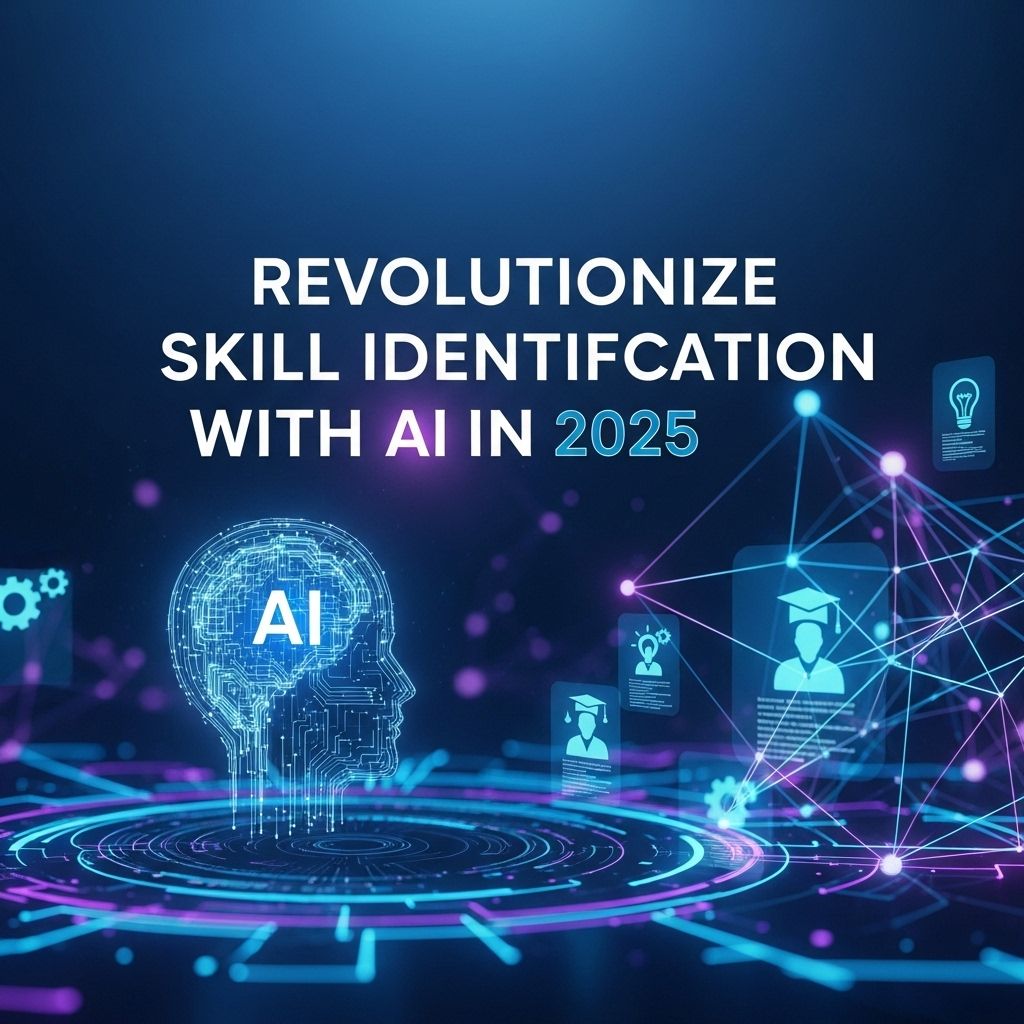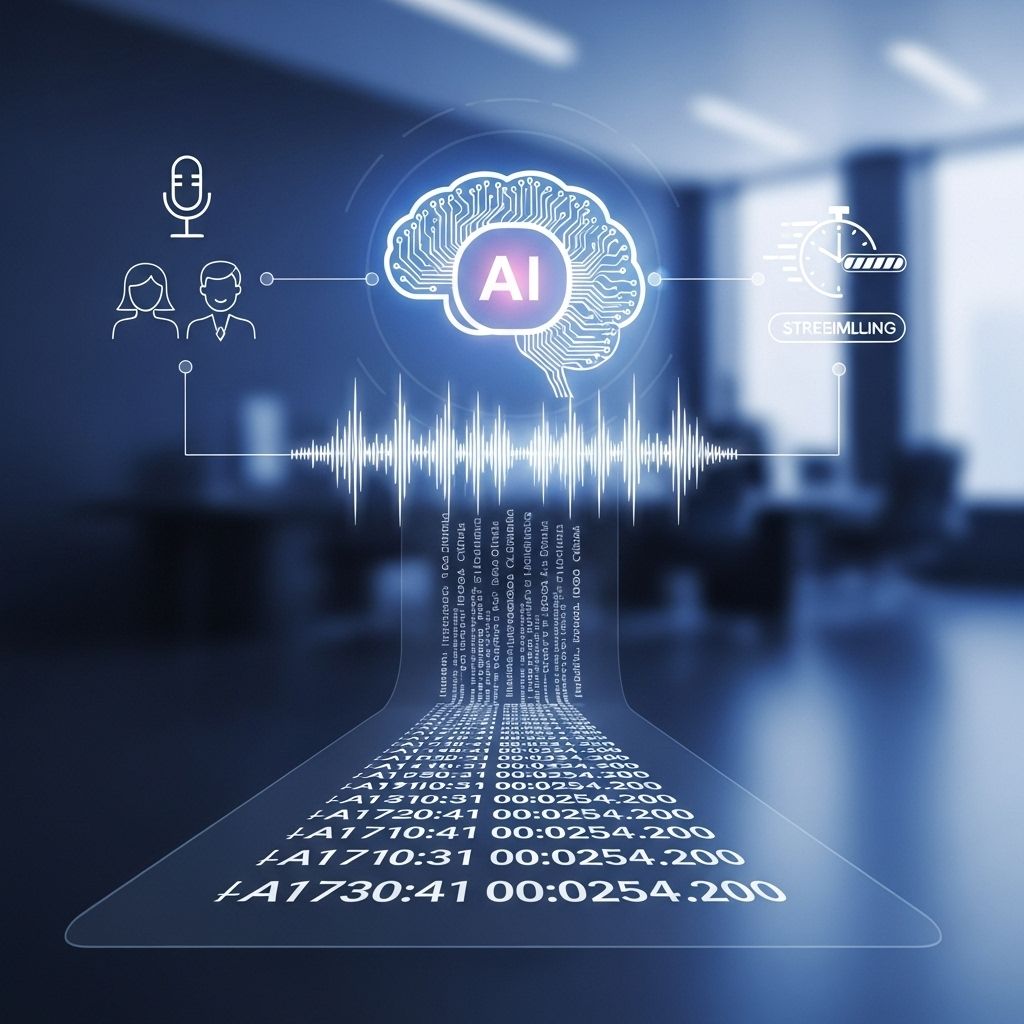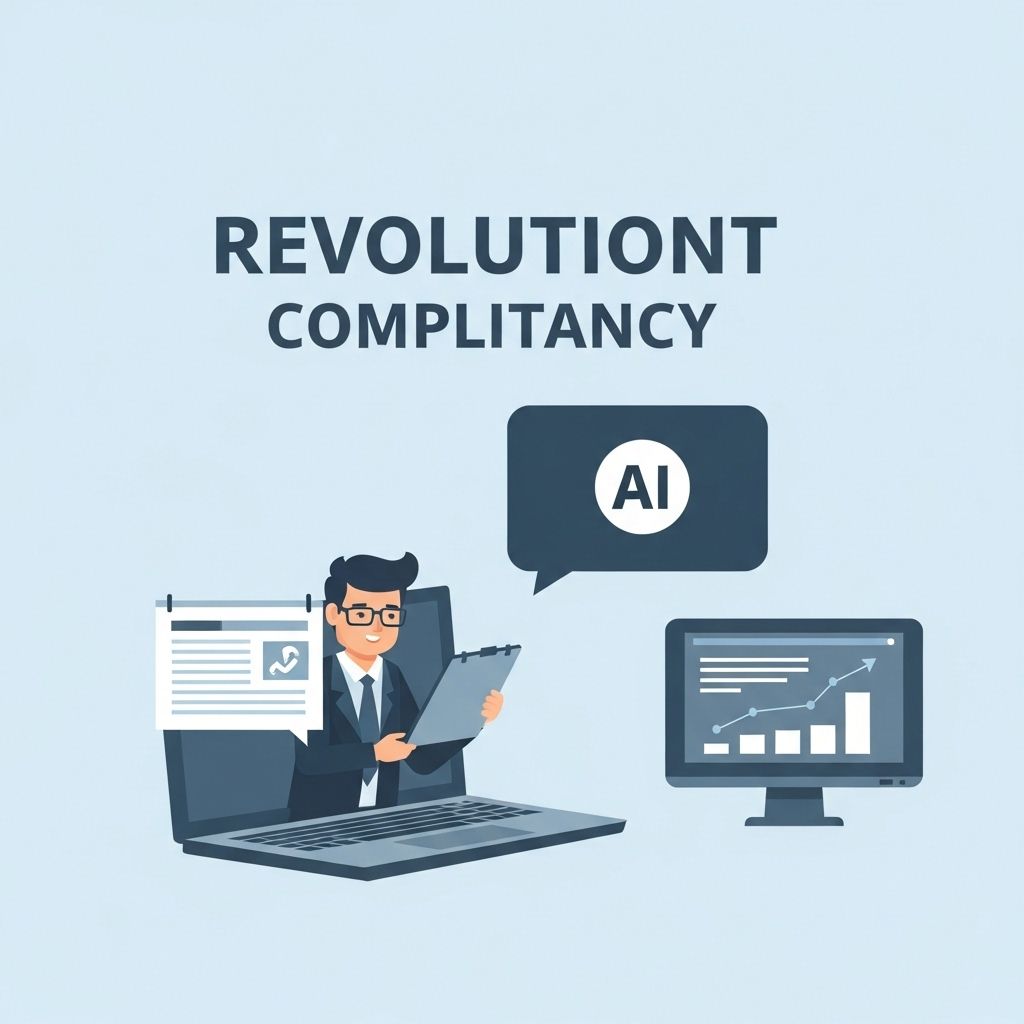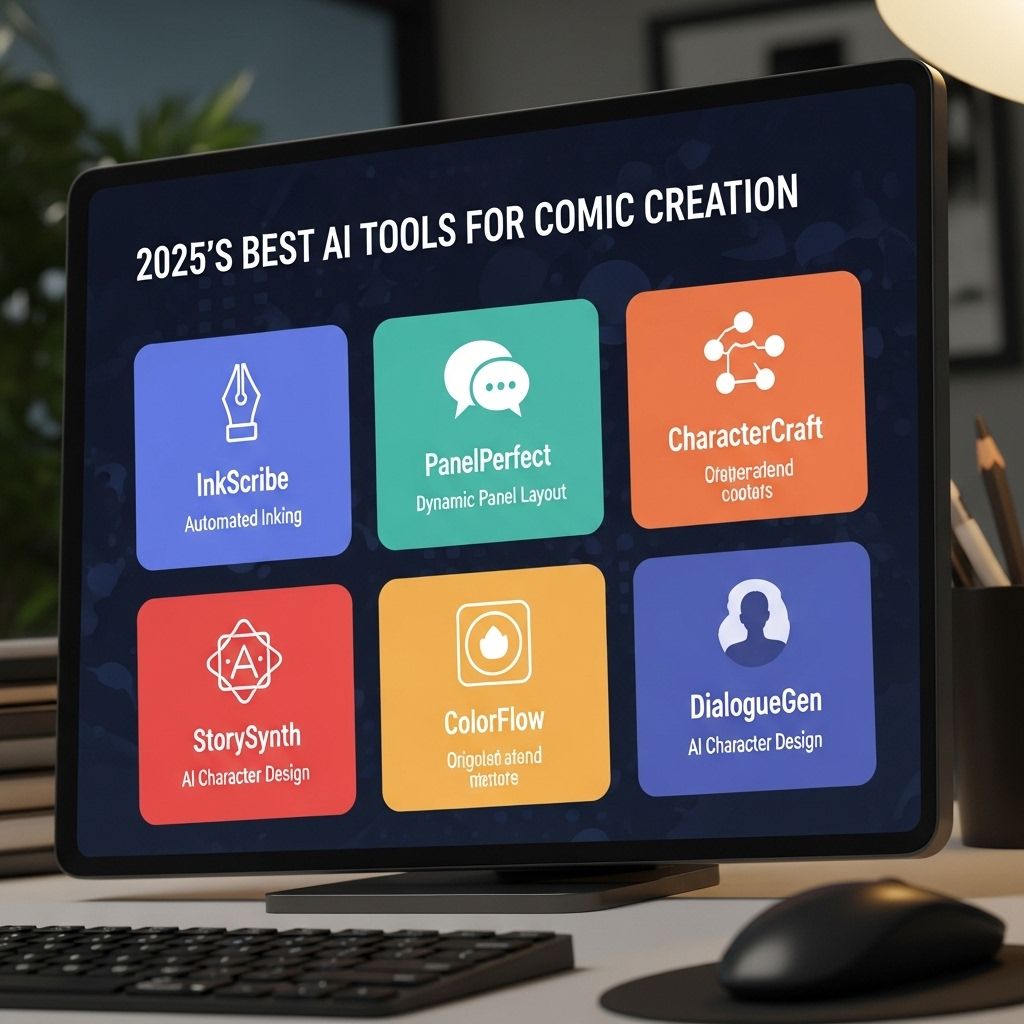Revolutionize Your Captions: Top AI Tools for 2025
Explore the best AI tools for creating captivating captions in 2025 and enhance your content engagement.
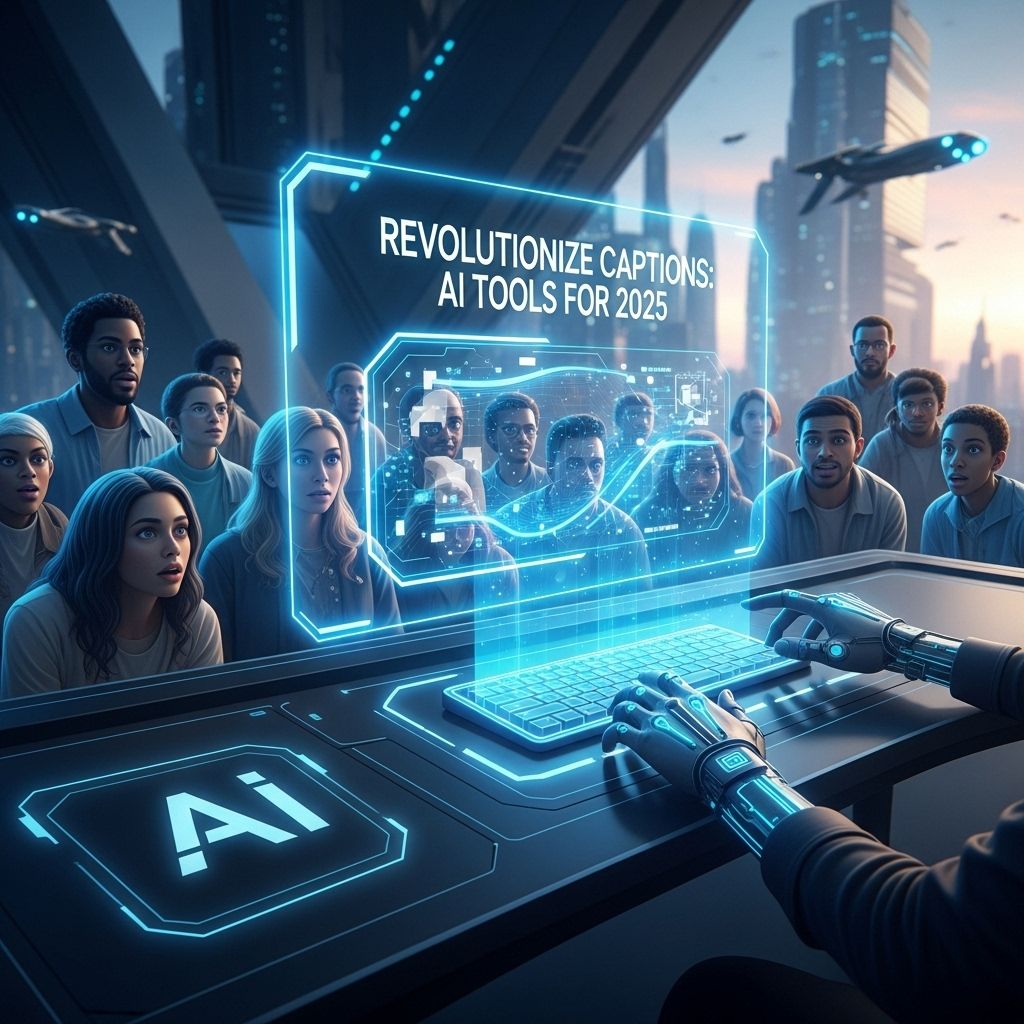
In the fast-evolving digital landscape, the way we communicate has dramatically changed. The rise of video content across social media platforms has made captions not just a convenience but a necessity. As we look toward 2025, AI tools are set to revolutionize how captions are created, edited, and integrated into media. This article explores the innovative AI solutions that are transforming captioning, enhancing accessibility, and optimizing viewer engagement.
Table of Contents
The Importance of Captioning in Modern Media
As audiences increasingly consume content on the go, captions serve multiple purposes:
- Accessibility: Captions provide vital access to individuals who are deaf or hard of hearing.
- Comprehension: Captions can aid viewers who are non-native speakers or in noisy environments.
- Engagement: Captions can keep viewers engaged and ensure they do not miss any key information.
- SEO Benefits: Search engines can index captions, contributing to improved content discoverability.
Current Captioning Challenges
Despite the importance of captions, several challenges persist:
Inconsistency and Accuracy
Automated captioning tools often struggle with:
- Dialect variations
- Technical jargon
- Background noise interference
Time-Consuming Processes
Manual caption creation can be:
- Labor-intensive
- Costly
- Prone to human error
The Rise of AI in Captioning
AI technologies are stepping in to address these challenges. Here are key AI tools and trends shaping the future of captioning:
1. Real-Time Transcription
AI-powered real-time transcription services can convert spoken language into text almost instantaneously. This technology enables:
- Live event captioning
- Webinars and conferences with immediate accessibility
2. Contextual Understanding
Advanced natural language processing (NLP) algorithms allow AI to understand context, leading to better accuracy and relevance in captions. Features include:
- Identifying industry-specific terms
- Recognizing idiomatic expressions
3. Multilingual Capabilities
AI tools are becoming adept at providing captions in multiple languages, enabling global content reach. Benefits include:
- Automatic translation of captions
- Support for diverse audiences
4. Enhanced Editing Tools
AI-driven editing tools can streamline the captioning process with features such as:
- Suggesting edits for improved clarity
- Auto-formatting for consistency
Key AI Tools to Watch in 2025
Several AI tools are leading the way in revolutionizing captioning:
| Tool Name | Features | Best For |
|---|---|---|
| Otter.ai | Real-time transcription, collaborative editing | Meetings and lectures |
| Descript | Audio/video editing, caption generation | Content creators |
| Google’s Speech-to-Text | Multilingual support, integration with other Google tools | Developers and businesses |
| Rev.com | Human-assisted captioning for high accuracy | Professional video production |
Future Trends in Captioning Technology
Looking ahead, several trends are likely to shape the captioning landscape:
1. Increased Use of Machine Learning
Machine learning will continue to enhance captioning accuracy by:
- Learning from user corrections
- Improving recognition of unique speech patterns
2. Integration with Augmented Reality (AR)
As AR technology becomes more mainstream, captions will be overlaid in real-time for immersive experiences in:
- Education
- Entertainment
3. Greater Focus on Personalization
AI will enable personalized captioning experiences, adapting to:
- User preferences
- Viewing contexts
Conclusion: Embracing the Future of Captioning
As we approach 2025, the advancements in AI captioning tools promise to create a more inclusive digital environment. By prioritizing accessibility and engagement, these technologies will not only enhance user experience but also contribute to a richer, more diverse media landscape. It is crucial for content creators, educators, and businesses to embrace these innovations and adapt to the changing expectations of their audiences.
FAQ
What are AI tools for captioning?
AI tools for captioning are software applications that utilize artificial intelligence to automatically generate, edit, and enhance captions for videos and audio content.
How can AI revolutionize captioning by 2025?
By 2025, AI is expected to make captioning more accurate, faster, and more accessible, improving user experience across various platforms and making content universally understandable.
What are the benefits of using AI for captions?
Benefits of using AI for captions include increased efficiency, reduced costs, improved accuracy, and the ability to support multiple languages seamlessly.
Are AI-generated captions reliable?
Yes, AI-generated captions are becoming increasingly reliable, especially with advancements in natural language processing and machine learning, making them a valuable tool for content creators.
Can AI tools support different languages in captioning?
Absolutely, many AI captioning tools are designed to support multiple languages, allowing content creators to reach a broader audience.
What should I look for in an AI captioning tool?
When choosing an AI captioning tool, consider factors such as accuracy, speed, language support, ease of integration, and user-friendly interfaces.

